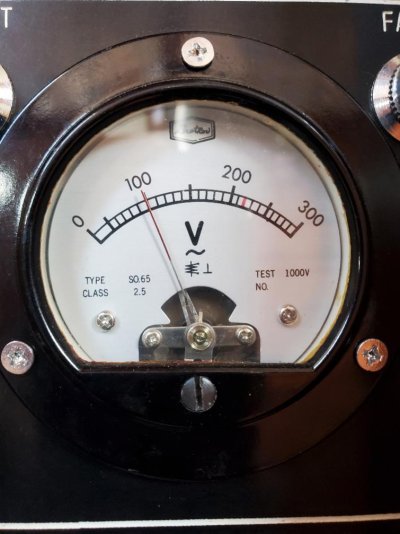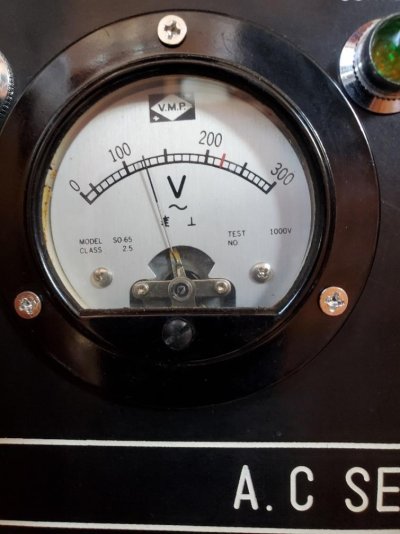Clemson101
Member
I have a Beneteau ST 34 and we moved to a new marina this year. We have 2 Cruisair Qht systems and on the AC unit in the main salon, I’m getting a LO AC error which the manual indicates “operating voltage remained below an acceptable limit for 3 minutes or more (100V for a 115V system).” It shuts the system down if this error occurs. I can cycle through on / off and will come back on but if it’s a hotter day, it will shutdown within 5 minutes or so. I’ve tried 3 different shore power receptacles and 2 different shore power cords and they all produce the same result. I can watch the volt meter display in the boat and prior to the AC coming on, it runs from 116 - 111. As soon as the AC kicks in, the voltage drops to just above 100 and then eventually drops below 100 triggering the shutdown. We’re running AC while on the boat at about 75’ish. When we leave the boat, we’re setting at 80. Normally when we come back to the boat after a week, the AC in the salon is shutdown - AC in bedroom i has no issues. I’m no electrician or AC guy, but I though I’d throw it out to the group prior to calling for professional assistance. Thanks.



